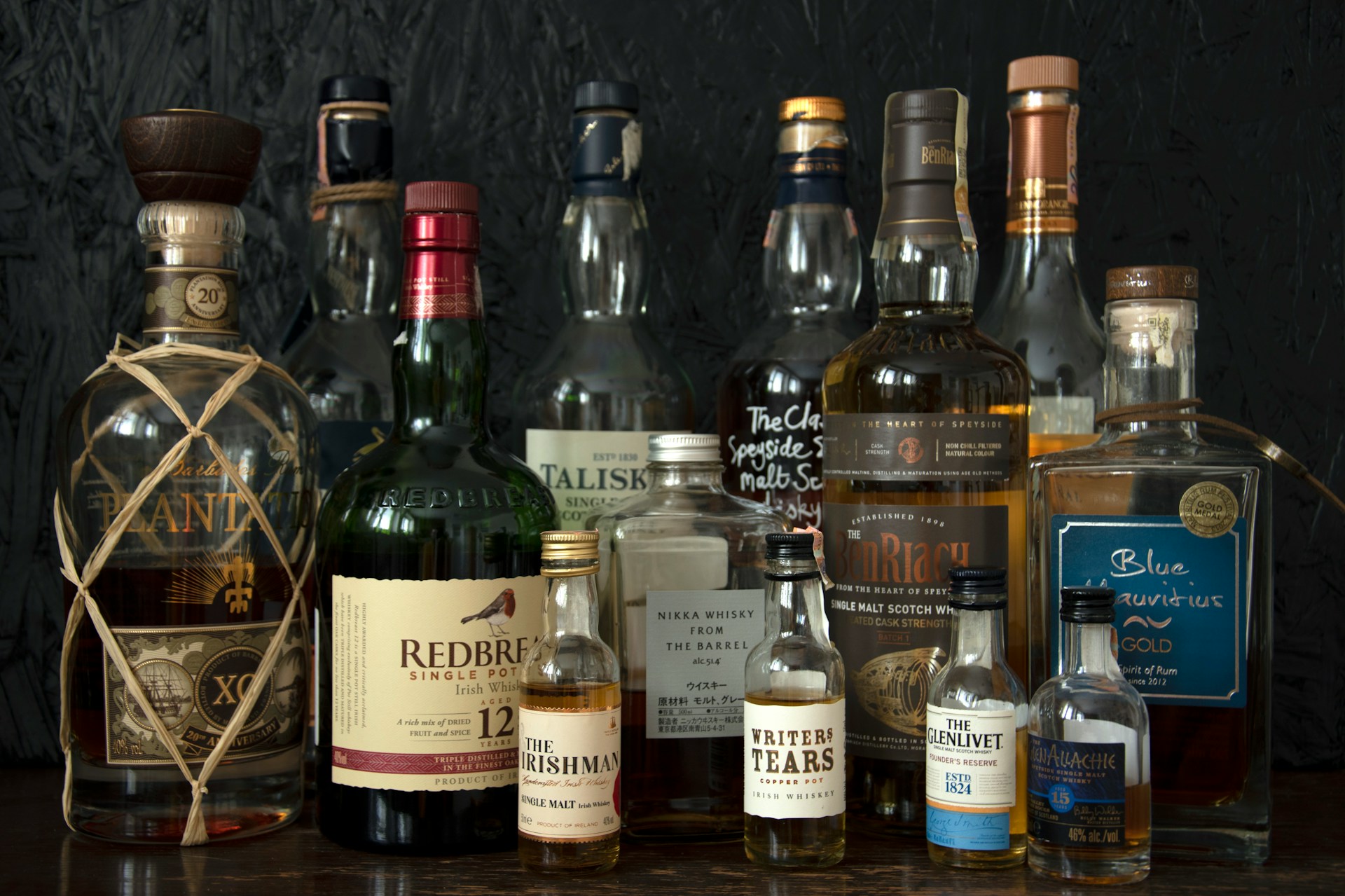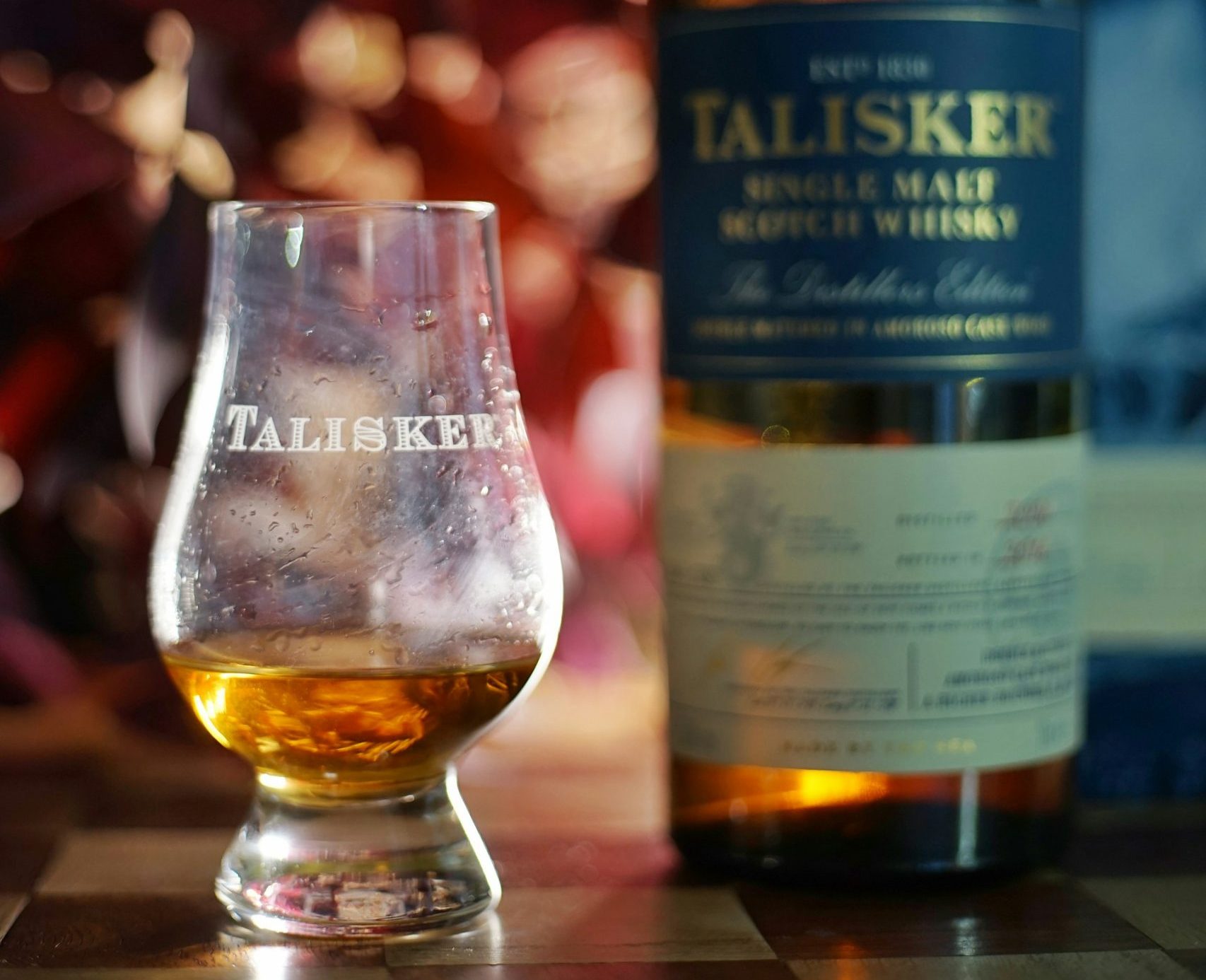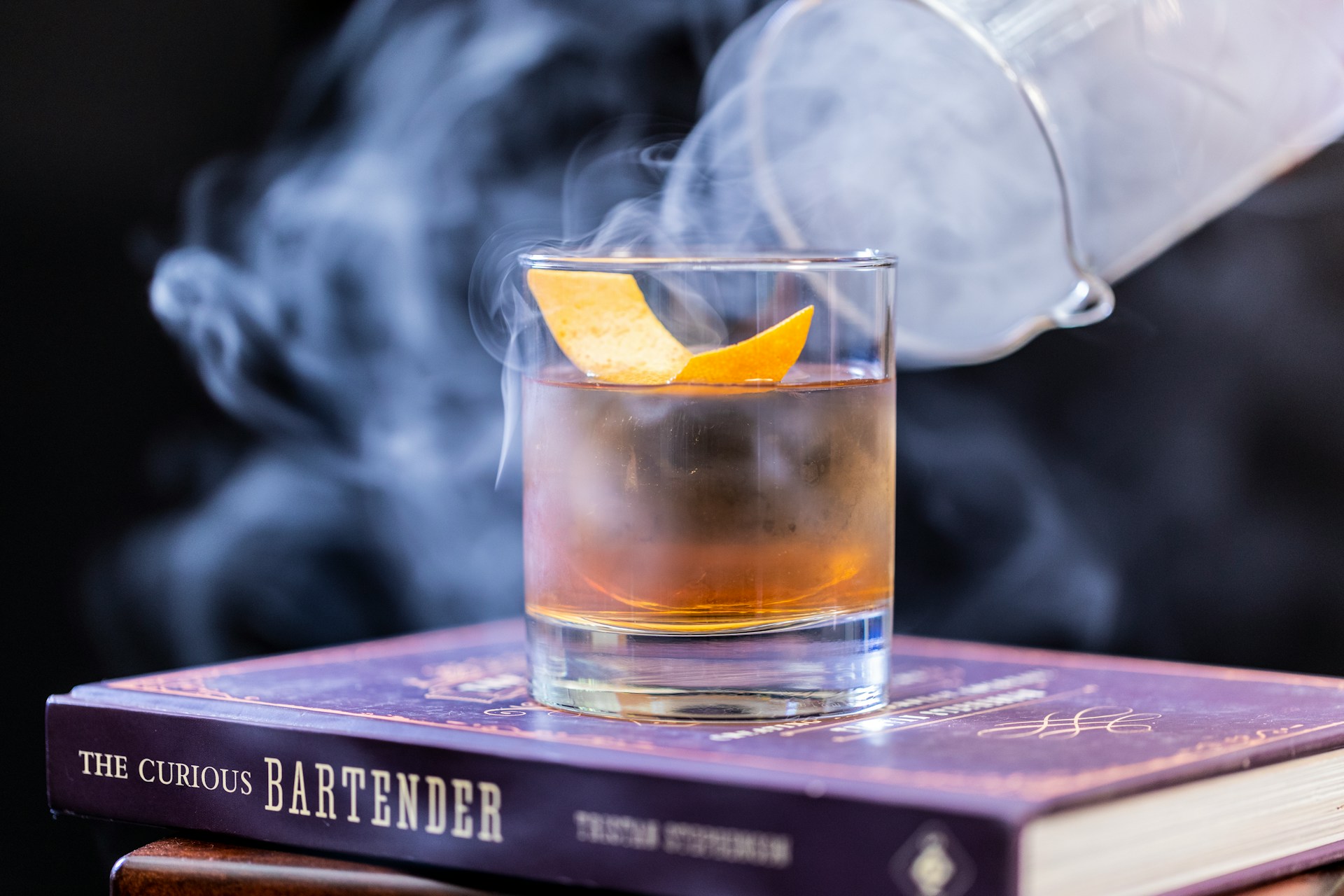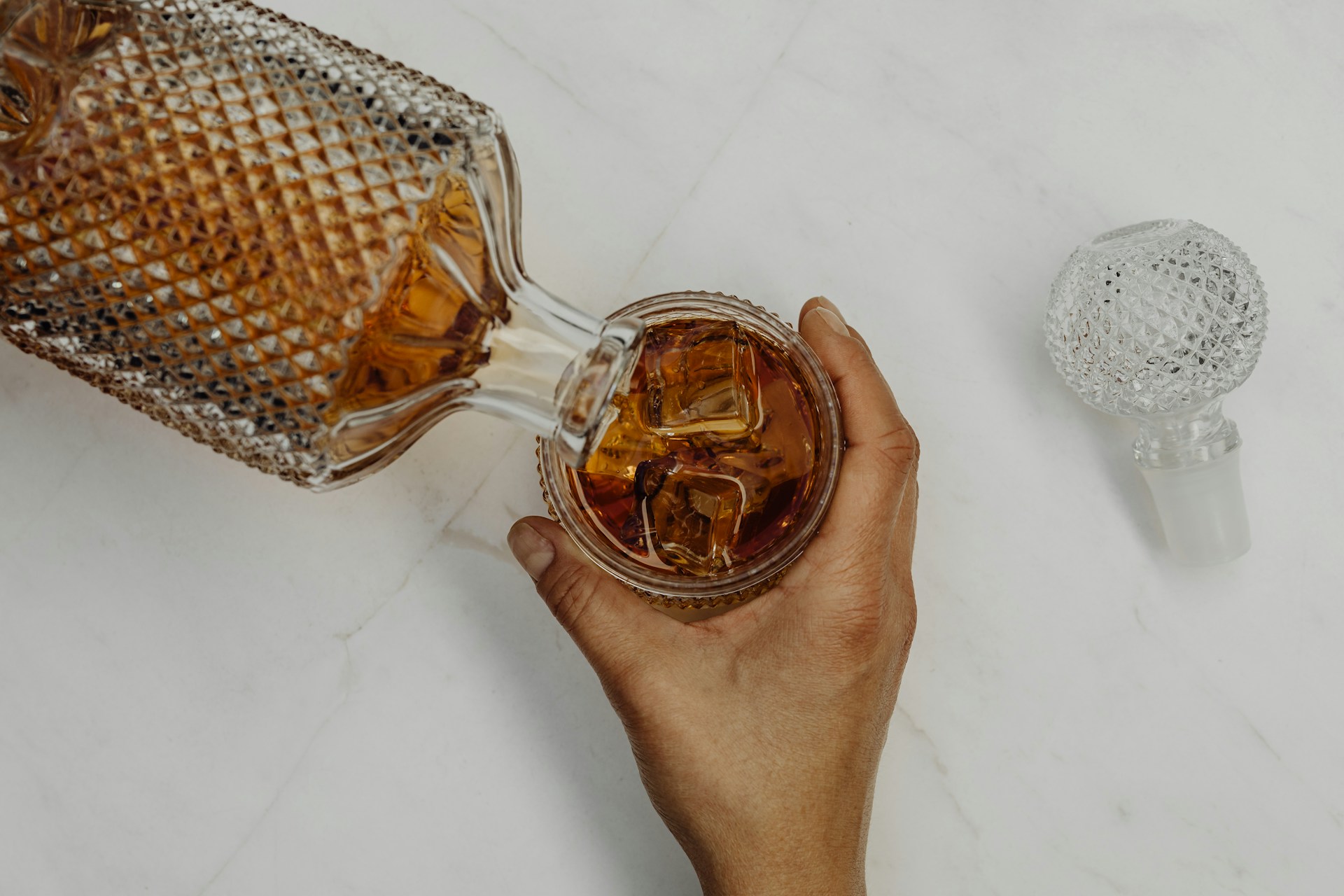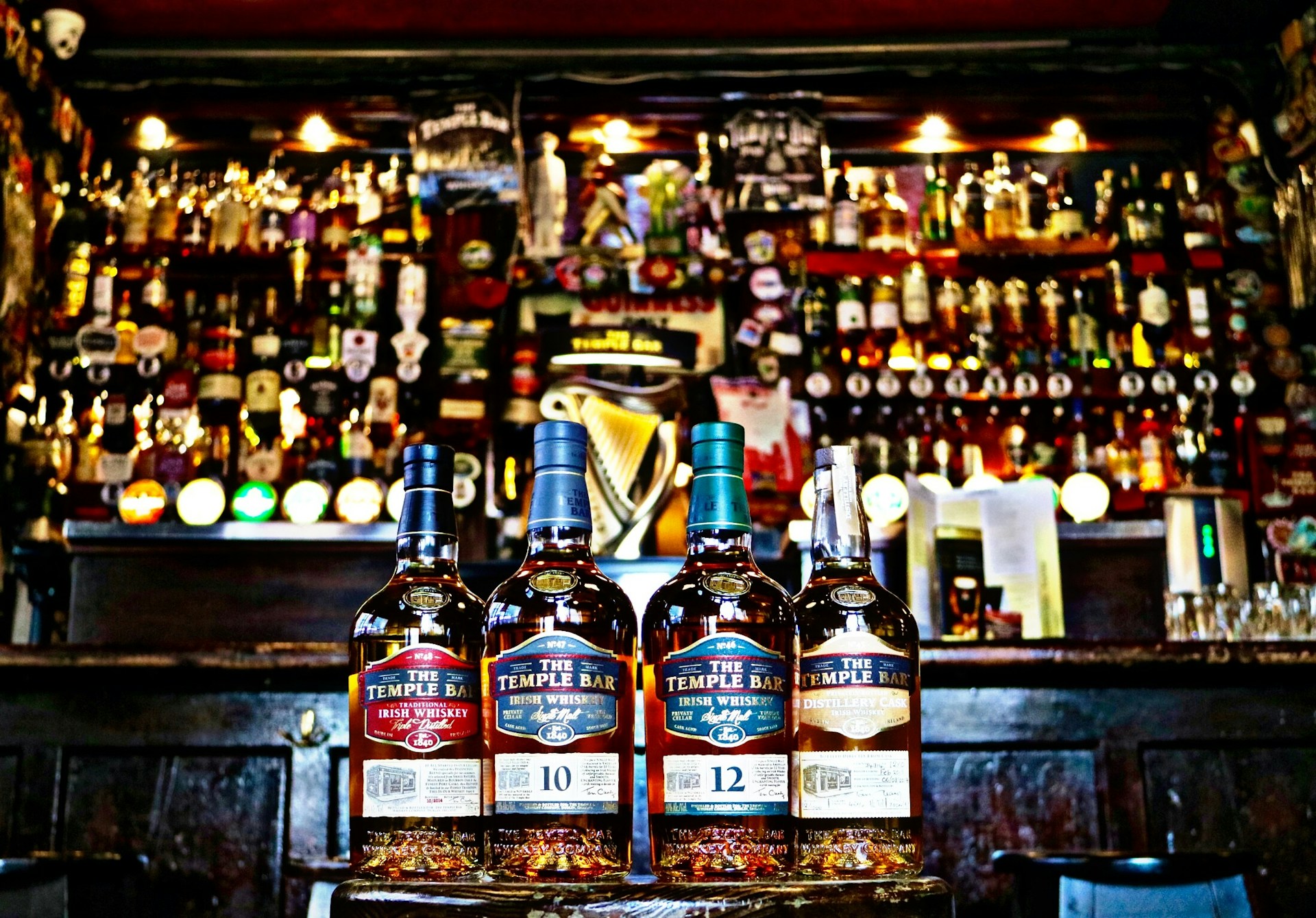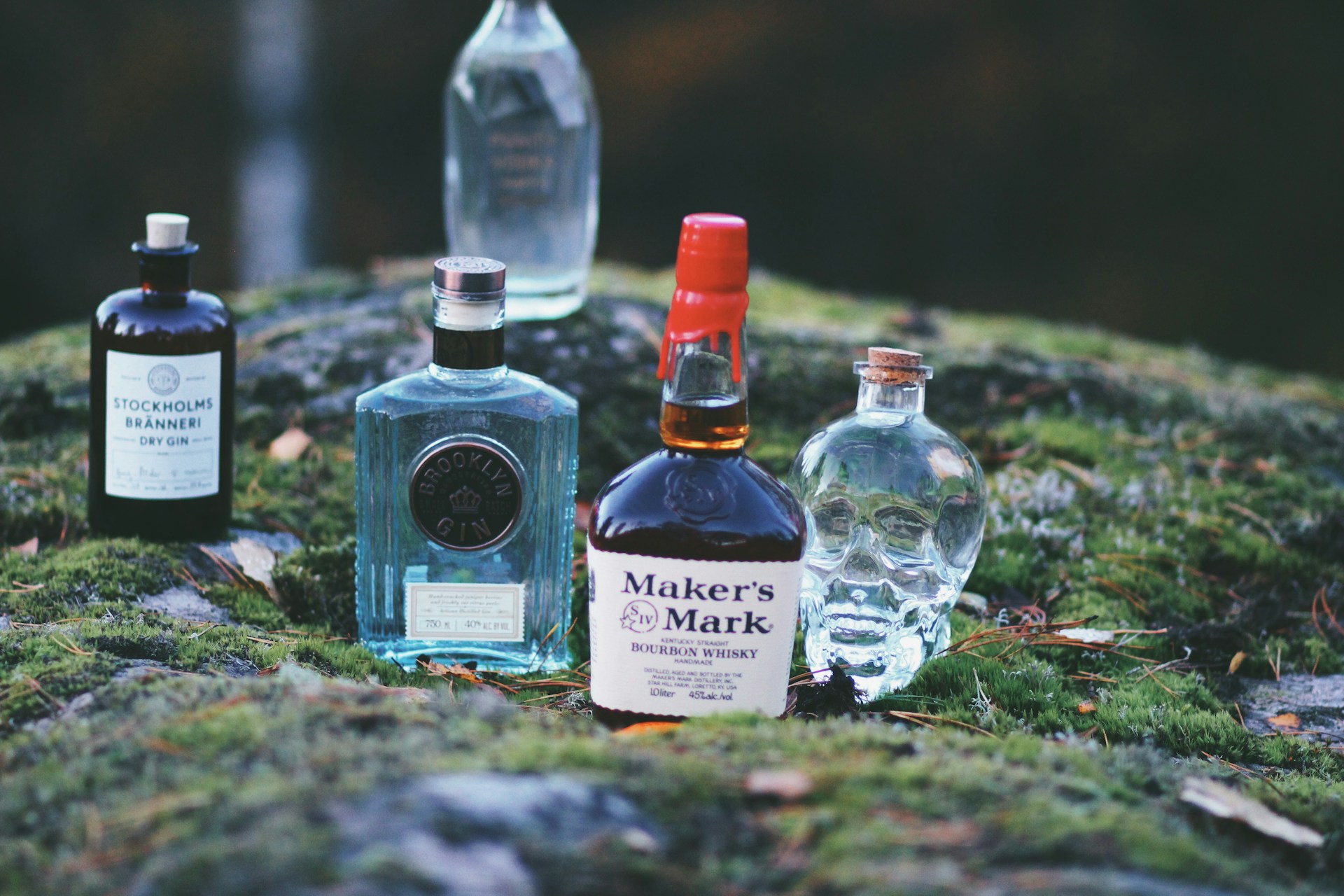Bourbon Regulations and Standards
Last updated on November 12th, 2024
Like any native traditional export, bourbon is a unique type of American whiskey that’s protected and upheld by strict regulations. Whilst most distilleries around the world could make something that resembles bourbon, the real stuff can only be made in the United States following a set of standards.
If you’ve ever wondered what these regulations are, this is the article for you.
Let’s dive in.
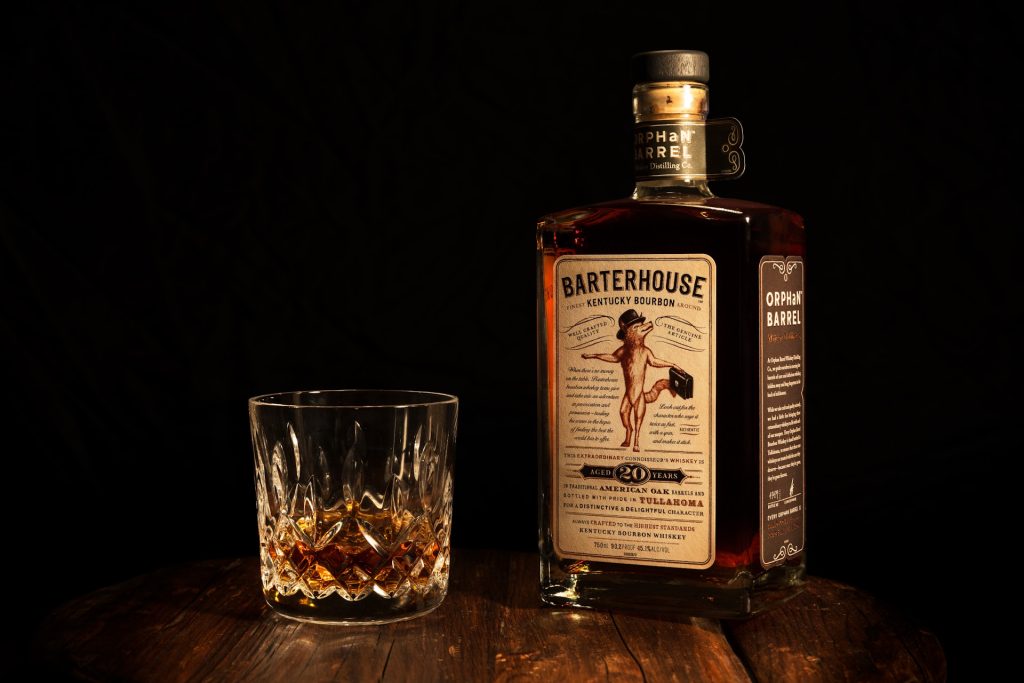
What Is Bourbon?
Bourbon is a type of American whiskey with a distinct identity shaped by specific legal requirements. At its core, bourbon is a grain-based spirit that must meet several key criteria:
- Made in the United States. (Contrary to popular belief, bourbon doesn’t have to be made in Kentucky, although the state is certainly famous for it.)
- The mash bill (recipe) must contain at least 51% corn. The remaining 49% typically includes other grains like rye or wheat and a small portion of malted barley.
- The spirit must be distilled to no more than 160 proof (80% alcohol by volume).
- It must be aged in new, charred oak containers. There’s no minimum aging period for bourbon, but to be labeled “straight bourbon,” it must be aged for at least two years.
- It must be bottled at 80 proof (40% alcohol by volume) or higher.
- No coloring, flavoring, or other spirits can be added.
These requirements ensure that bourbon maintains its distinctive character and quality, setting it apart from other types of whiskey.
The Legal Framework
Bourbon’s identity is shaped by a complex set of regulations that ensure its quality and consistency. These rules form the legal backbone of bourbon production, defining what can and cannot be called bourbon.
Federal Standards of Identity
The cornerstone of bourbon regulation lies in the Federal Standards of Identity, which provide the legal definition for this iconic American spirit.
The regulations governing bourbon production are part of the Federal Standards of Identity for Distilled Spirits, overseen by the Alcohol and Tobacco Tax and Trade Bureau (TTB). These standards were established to maintain the integrity and consistency of various spirits, including bourbon.
The legal definition of bourbon was first set by the Bottle in Bond Act of 1897 and further refined by subsequent legislation. A significant milestone was the 1964 Congressional resolution that declared bourbon “a distinctive product of the United States,” giving it special protection as a unique American product.
Ingredients and Production
The unique character of bourbon is largely determined by its ingredients and the way it’s made. Let’s explore the key components and processes that transform grain into this beloved spirit.
Mash Bill Requirements
The mash bill (recipe of grains) used in bourbon production, is fundamental to its flavor profile and legal definition.
By law, bourbon’s mash bill must contain at least 51% corn. This high corn content contributes to bourbon’s characteristic sweetness. The remaining 49% can be a mix of other grains, typically some combination of rye, wheat, and malted barley. Each grain brings its own flavor characteristics:
- Rye adds spiciness and complexity
- Wheat contributes softness and a subtle sweetness
- Malted barley aids fermentation and adds nutty flavors
Distillers often keep their exact mash bill proportions secret, as this recipe is key to their bourbon’s unique taste.
Distillation Process
Distillation is the process that concentrates the alcohol and flavors from the fermented mash.
Bourbon must be distilled to no more than 160 proof (80% alcohol by volume). This limit ensures that enough of the grain’s flavors are retained in the final spirit. Most distilleries use column stills for efficiency, but some use pot stills or a combination of both.
The resulting clear liquid, known as “white dog” or new make spirit, is then ready for aging.
Aging Requirements
Aging in oak barrels is what transforms the clear new make spirit into bourbon, imparting color and much of its flavor.
Bourbon must be aged in new, charred oak containers. The use of new barrels for each batch ensures a consistent infusion of woody flavors and tannins. The charring process caramelizes wood sugars and creates a layer of charcoal that filters the spirit as it expands and contracts with temperature changes.
While there’s no minimum aging period for bourbon, to be labeled “straight bourbon,” it must be aged for at least two years. Many premium bourbons are aged for four years or more. The interaction between the spirit and the wood over time is what gives bourbon its rich color and complex flavor profile.
Labeling and Naming Conventions
Every bourbon label must include certain key pieces of information to comply with federal regulations.
All bourbon labels must clearly state:
- The words “Bourbon Whiskey”
- Alcohol content (ABV% and proof)
- Net contents (volume)
- Name and address of the distiller or bottler
- Country of origin (always “Product of U.S.A.” for bourbon)
If the bourbon is straight and less than four years old, the label must also include an age statement. For blended bourbons, the label must disclose the percentage of straight bourbon and the ages of other whiskeys in the blend.
Optional Terms and Their Meanings
Beyond the mandatory information, you’ll often see additional terms on bourbon labels that can provide insight into its production and characteristics.
- “Straight Bourbon”: Aged for at least two years with no added coloring, flavoring, or other spirits.
- “Bottled in Bond”: Produced in one distillation season by one distiller at one distillery, aged in a federally bonded warehouse for at least four years, and bottled at 100 proof.
- “Sour mash”. A common fermentation method mainly used in the US.
- “Single Barrel”: Bourbon from one specific barrel, not blended with other barrels.
- “Small Batch”: A subjective term indicating the bourbon is produced in limited quantities, often by mixing the contents of a select number of barrels.
- Age Statements: If included, this represents the age of the youngest bourbon in the bottle.
- “Kentucky Bourbon”: Bourbon produced in Kentucky, which accounts for about 95% of the world’s bourbon production.
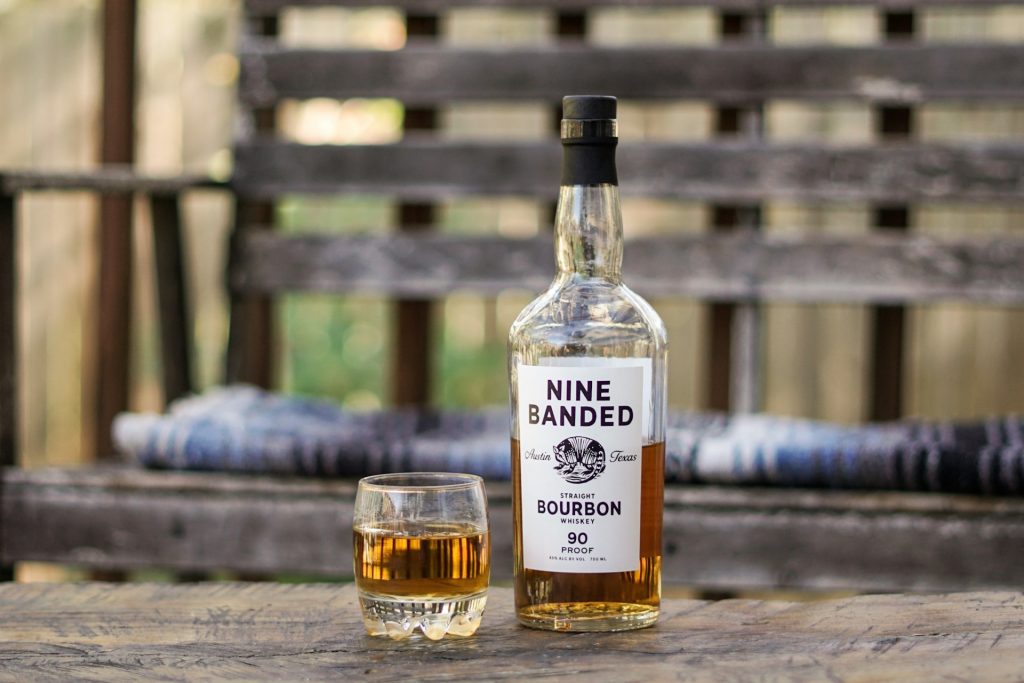
Quality Control and Oversight
Ensuring that bourbon meets all legal requirements and maintains high quality standards is a complex process involving both government agencies and distillers. Let’s look at how this oversight works.
Role of the TTB
The Alcohol and Tobacco Tax and Trade Bureau (TTB) is the primary federal agency responsible for regulating bourbon production and labeling.
The TTB’s responsibilities include:
- Approving distillery operations and equipment
- Reviewing and approving bourbon labels before they can be used
- Conducting periodic inspections of distilleries
- Testing samples to ensure compliance with regulations
- Collecting taxes on bourbon production
The TTB also maintains detailed records of bourbon production, aging, and bottling to ensure adherence to legal standards.
Compliance and Enforcement
Distillers play a crucial role in maintaining bourbon quality through their own internal processes and by cooperating with regulatory bodies.
Compliance measures include:
- Keeping detailed records of all stages of production
- Implementing quality control measures throughout the production process
- Submitting samples for chemical analysis to verify alcohol content and ensure no prohibited additives are present
- Working with TTB officers during inspections and addressing any issues promptly
Enforcement can range from warnings for minor infractions to fines, license suspension, or revocation for serious violations. However, most distillers view these regulations not as burdens but as safeguards that protect bourbon’s reputation and ensure consumer trust.
This system of quality control and oversight helps maintain bourbon’s status as a premium spirit and ensures that when you buy a bottle labeled “bourbon,” you can trust that it meets all the required standards.
Bourbon vs Other Whiskeys
Bourbon stands apart from other whiskeys due to its unique production requirements:
- Scotch Whisky: Single malts are made from 100% malted barley and can be aged in new or used barrels. Unlike bourbon, Scotch whisky has a minimum 3-year aging requirement.
- Irish Whiskey: Single malts are made from 100% malted barley whilst single pot still whiskey uses both malted and unmalted barley. Irish whiskey is typically triple-distilled, resulting in a smoother taste. It must be aged for at least 3 years but can use new or used barrels.
- Rye Whiskey: Similar production standards to bourbon, but must use at least 51% rye in the mash bill instead of corn. This results in a spicier, less sweet flavor profile.
- Tennessee Whiskey: Essentially bourbon that undergoes an additional step called the Lincoln County Process, which filters the spirit through sugar maple charcoal before aging.
While these whiskeys share some similarities with bourbon, the specific requirements for bourbon—particularly the 51% corn mash bill, new charred oak barrels, and U.S. production—give it a distinct sweetness and vanilla-oak character that sets it apart in the world of whiskey.
The Impact of Regulations on Flavor
While bourbon regulations are primarily designed to maintain quality and consistency, they also play a crucial role in shaping the spirit’s distinctive flavor profile.
How Standards Influence Taste and Character
The regulations governing bourbon production have a direct impact on its flavor:
- Corn-dominant mash bill: The requirement for at least 51% corn contributes to bourbon’s characteristic sweetness and full-bodied mouthfeel.
- New, charred oak barrels: This rule is perhaps the most influential on flavor. New barrels impart stronger wood flavors, while the charring process adds notes of caramel, vanilla, and sometimes a hint of smoke.
- Proof limits: The maximum distillation proof of 160 ensures that enough grain flavors are retained, unlike vodka which is distilled to a much higher proof. The barreling proof limit of 125 affects how the spirit interacts with the wood during aging.
- No additives: This rule means that all of bourbon’s color and flavor must come from the grains and barrel-aging process, resulting in a pure expression of these elements.
- Minimum bottling proof: The 80 proof minimum ensures a consistent alcohol content that carries the flavors effectively.
- Aging in oak: While there’s no minimum aging period (except for straight bourbon), the oak aging requirement ensures that even young bourbons have some barrel influence on their flavor.
These regulations create a framework within which distillers can innovate, but also ensure that all bourbons share certain flavor characteristics. This is why you can often detect notes of vanilla, caramel, and oak in most bourbons, with variations in intensity and additional flavors creating each brand’s unique profile.
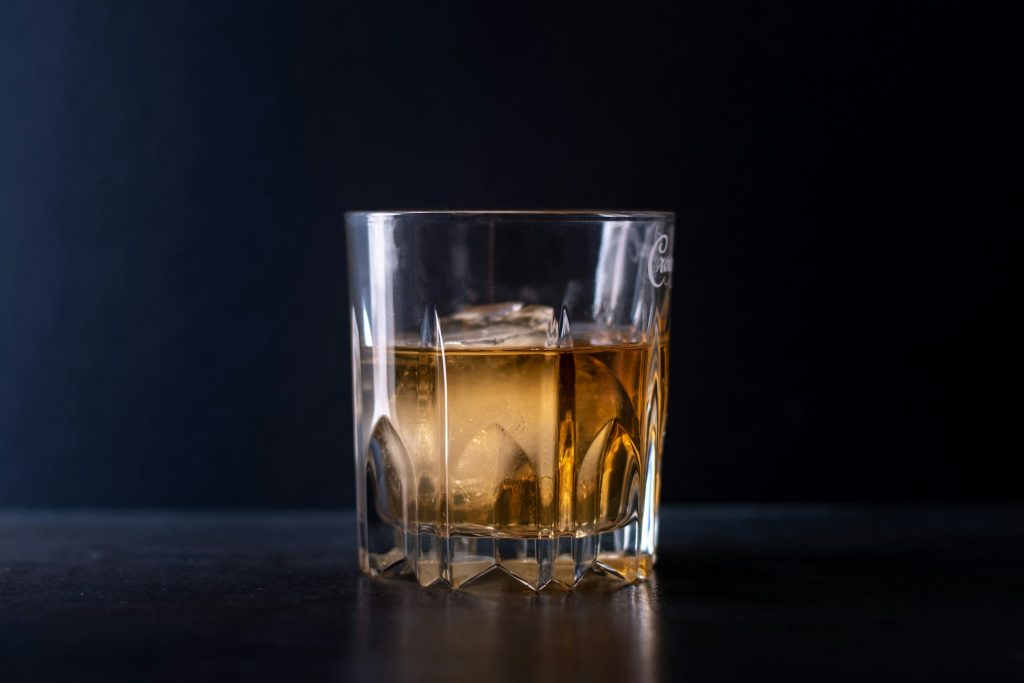
FAQs
1. Does bourbon have to be made in Kentucky?
No, bourbon can be made anywhere in the United States. However, Kentucky does produce about 95% of the world’s bourbon.
2. What’s the difference between bourbon and whiskey?
All bourbon is whiskey, but not all whiskey is bourbon. Bourbon must meet specific legal requirements, including being made in the US with at least 51% corn and aged in new, charred oak barrels.
3. How long does bourbon have to be aged?
There’s no minimum aging requirement for bourbon. However, to be labeled “straight bourbon,” it must be aged for at least two years.
4. Can anything be added to bourbon for flavor?
No, bourbon cannot contain any added flavoring, coloring, or other spirits. Only water can be added to adjust the proof for bottling.
5. What does “bottled-in-bond” mean?
This term indicates that the bourbon was produced in one distillation season by one distiller at one distillery, aged in a federally bonded warehouse for at least four years, and bottled at 100 proof.
Summary
- Bourbon is a distinctly American whiskey, legally required to be produced in the United States.
- The mash bill must contain at least 51% corn, contributing to bourbon’s characteristic sweetness.
- Bourbon must be aged in new, charred oak containers, which impart significant flavor and color.
- Strict regulations govern bourbon production, from distillation proof limits to bottling requirements.
- No additives are allowed in bourbon production, ensuring its flavor comes solely from grains and barrel aging.
- While sharing similarities with other whiskeys, bourbon’s unique production standards set it apart in flavor and character.


